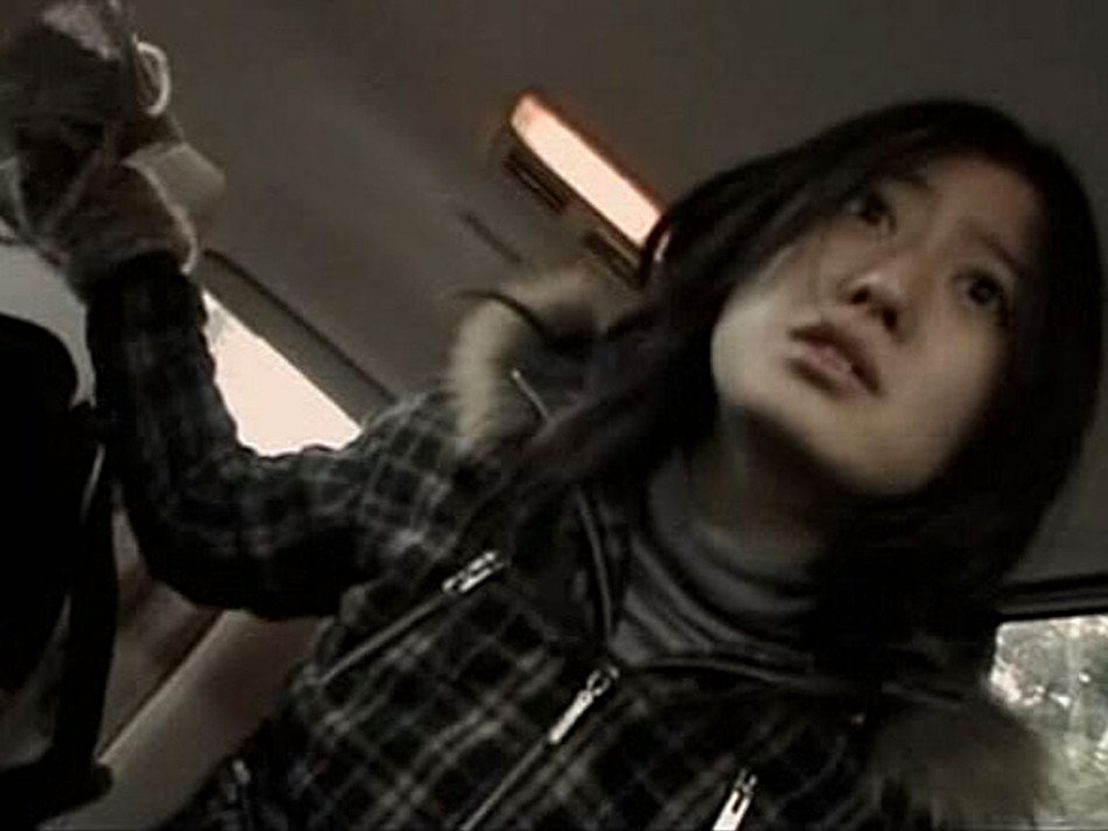
If you want to understand the state of J-horror in the mid-2000s, look no further than Wes Craven’s remake of Kiyoshi Kurosawa’s Pulse. In a last-ditch attempt to reinvigorate the genre for US audiences, Craven took a slow-burning social commentary about endemic loneliness and twisted it into a standard-fare ghost story – with more budget, more jump scares, and none of the original’s charm. As other remakes continued to miss the mark, and Japanese filmmakers began to desert the themes of ancient curses and technophobia, the genre was arguably dying.
This might explain why Kōji Shiraishi’s Noroi didn’t reach the international audience it deserved. Released in 2005, this lo-fi mockumentary follows paranormal investigator Masafumi Kobayashi (Jin Muraki) as he encounters a series of apparently unconnected disturbances: a single mother who dies driving into oncoming traffic; a little girl disturbed after appearing on a TV psychic show; a string of suicides. As each incident converges, however, Kobayashi vows to help two victims escape an emerging curse – and in doing so, seals his own fate.
The power of Noroi comes from its seeming authenticity. It starts by casting off J-horror’s most overused tropes; instead of prophetic phone calls/emails/videos warning characters of their death, pigeons crash into their windows. Although the curse is demonic in nature, it triggers a series of incidents that few horror aficionados could draw a thread through. And the characters – like Mitsuo Hori, a literal tin foil hat-wearing psychic who rants about the threat of “ectoplasmic worms” – are genuinely off-the-wall.
On a technical level, Shiraishi appears to have been working on a shoe-string. Footage from Kobayashi’s single cameraperson makes up the majority of the film, and interviews with witnesses and experts are hastily cut together with home movies and excerpts from TV shows. Although the film’s minimal VFX haven’t aged well, the other constraints give it the eerie feel of a late-night Discovery Channel documentary.
Handheld footage is especially tricky to get right. Even in renowned found footage films like REC and Paranormal Activity, the photographer seems to have an uncanny ability to sniff out the scares. In Noroi, the camera operators have no clue what’s happening, often struggling to focus on the action or missing it entirely. In one instance, a victim of the curse, Marika, becomes possessed off-screen while her mother is filming the lunch they’ve prepared together. When the camera finally looks up, we see Marika stopped dead in a doorway, groaning and leaning too far back on her heels. There’s something about the way the camera ‘walks in’ that makes this scene all the more unsettling.
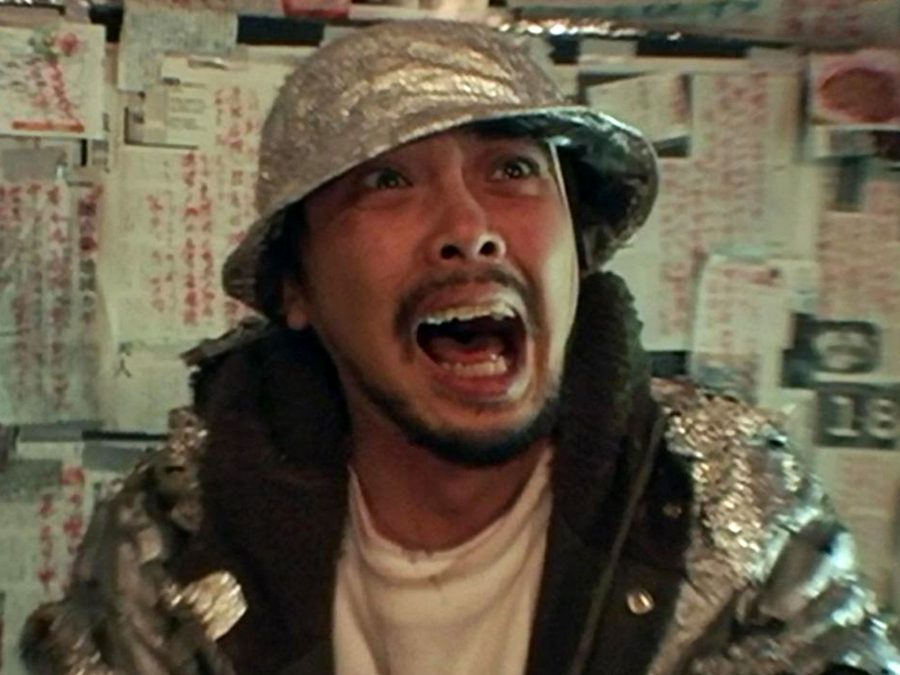
Many of Noroi’s scares come from similarly unassuming set-ups. In so-called ‘daylight horror’ films, which received a lot of attention following Ari Aster’s Midsommar, monsters are not confined to the shadows, meaning they can lurk anywhere. Noroi makes ample use of this, with its most chilling moments happening in the daytime or in well-lit domestic settings. Even the film’s searing finale – arguably one of the best closing scenes of any J-horror – occurs when Kobayashi is interrupted having a quiet dinner with his wife. As a result, nowhere in Noroi feels safe.
Unfortunately, the film proved to be something of a fluke for director Shiraishi. In 2009, he returned with another mockumentary, Occult, whose promising story was harpooned by VFX that made hell look like a demonic Windows screensaver. In the same year, he dropped Grotesque, which the BBFC banned from the UK citing its “minimal narrative or character development and […] unrelenting and escalating scenario of humiliation, brutality and sadism”.
Shiraishi was also responsible for the abomination Sadako vs Kayako, in which the vengeful ghosts of Ringu and Ju-On go head-to-head in a showdown nobody really needed to see. It’s serendipitous that, in the case of Noroi, Shiraishi’s mad ideas and clumsy execution fell together with such remarkable results.
Published 31 Oct 2021
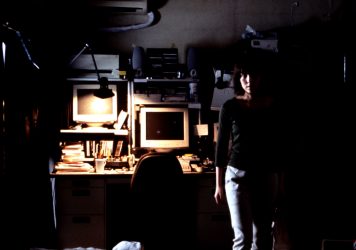
By Alex Denney
Kiyoshi Kurosawa’s eerily prescient 2001 film journeys to the heart of technological darkness.
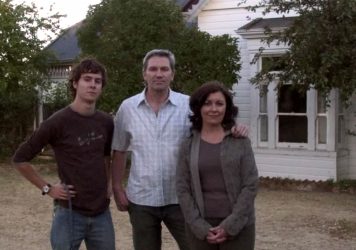
By Thomas Hobbs
This Aussie indie horror from 2008 is the perfect supernatural chiller to watch this Halloween.
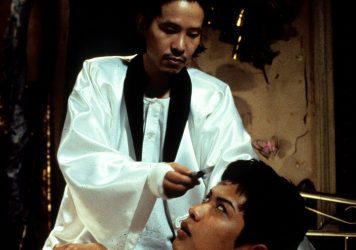
The ’90s straight-to-video boom reinvigorated the industry and made stars of directors like Takashi Miike.